Wilson Lalengke on AIKOPI, Jakarta – Teaching tolerance to children is a critical step in promoting democracy and pluralism. It is important to explain the basics of tolerance, such as respect for religious differences, racial diversity, and cultural distinctions. Providing meaningful contexts for understanding tolerance also helps with its development. We can be initiate by exploring topics like migration and displacement, and creative dialogue between cultures.
Through education about tolerance, kids can learn to interact positively with people of diverse backgrounds and diverse opinions. This is indeed an essential ingredient in a healthy democracy. Different perspectives enrich social life and provide new insights into issues of tolerance. Educators should use cross-cultural creative strategies to foster tolerance among all students. It forms part of the foundation for democratic civil society.
Teaching children about toleration is essential to a modern and inclusive society. Growing cross-cultural relationships and religious pluralism and creating a tolerance-environment at home and school are our daily homework. It is very crucial for communities to establish a sense of unity despite differences. Through tolerance, young people can learn how forms of democracy work by understanding that people have different opinions.
Teaching tolerance to children can give them an appreciation for each other’s cultural values, ideas, race, and religion. In order to encourage such behavior, parents can contextualize tolerance in real-life experiences or via role models. This tactful way of practice will ensure young generations understand the importance of tolerance when handling diversity across cultures.
Cross Cultural Activities
Teaching tolerance to young ones is a critical component of raising a generation which understands and respects the diversity of beliefs, cultures, and religions that exist in our pluralistic society. Tolerance is a cornerstone of democracy. Tolerance promote civil discourse over disrespect, inclusion versus exclusion, and understanding instead of knee-jerk judgement.
Cross cultural activities is one of the best strategies for teaching toleration to children. Interacting with other diverse religious communities and experiencing different ways of life are good example to do. We can achieve it through travel or foreign exchange programs. By introducing tolerance at an early age, toddler can more easily accept cultural differences. Everyone will see it as normal and natural elements that make up modern life today.
Teaching broad-mindedness to children is an important part of developing a peaceful, pluralistic, and democratic society. By developing tolerance for all religions, races, and cultures, we create an atmosphere in which respect and understanding takes precedence over prejudice. A tolerance-rich environment will help kids to understand the core values of democracy: cooperation among diverse groups of people and open public discourse which serve as a foundation for a civil society.
Appreciate Differences
Additionally, tolerance helps to bridge the gap between difference. It gives children the opportunity to explore different perspectives from varied cultural norms across global regions. The practice of tolerance helps build stronger bonds between communities. It also encourages understanding and acceptance among people groups fostering appreciation for our global diversity. This fosters an environment in which children can develop their own constructive identity without fear of exclusion or favouritism based on their religion or culture for an equitable future.
Teaching tolerance to children is an essential component of civic education. Not only does tolerance build respect for diversity, but it also teaches the core principles on which democracies and pluralistic societies are built. By teaching kids about tolerance from a young age, we create an environment in which different religions, cultures, ethnicities and lifestyles can all coexist peacefully.
Through this appreciation of our differences, tolerance can foster constructive dialogues that help to bridge divides between people of varied backgrounds. When toleration is taught as part of a comprehensive civic education program, children learn valuable skills such as empathy, respect and dialogue that can help shape our world into a better place.
Conclusion
Teaching tolerance to our daughter and son is one of the most important gifts we can give them in today’s changing world. Teaching tolerance means to avoid prejudice and discrimination towards people from different religions, cultures, sexual orientations, racial backgrounds, gender identities and social classes.
Instilling tolerance ensures that our young ones understand and appreciate the importance of pluralism and democracy for a harmonious society. Being open-minded towards others with different beliefs enables greater respect across boundaries and creates true understanding between diverse communities. We need to encourage this mindset in our children not only because it strengthens the social fabric but also because it is essential for the survival of democracy in the coming generations. (*)













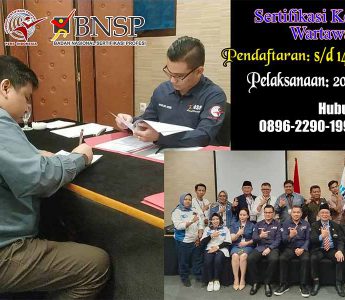

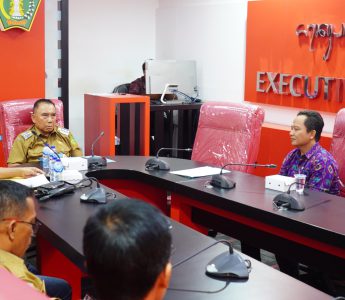
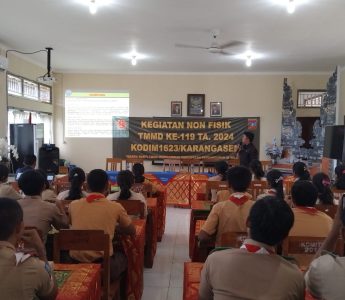
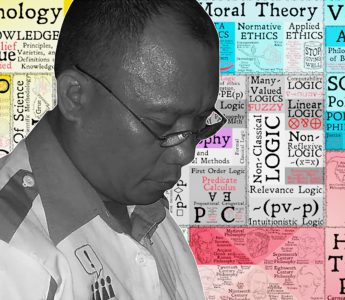

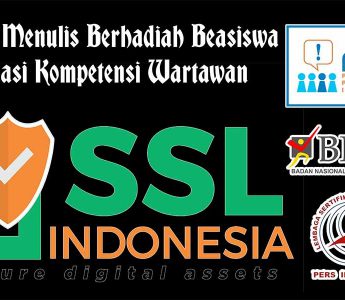
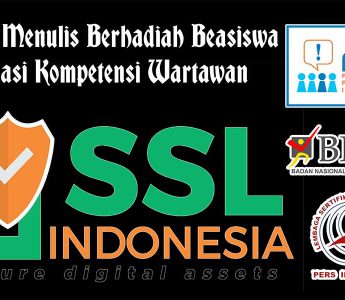

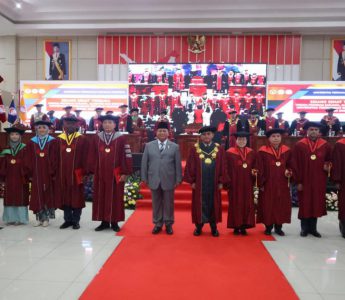

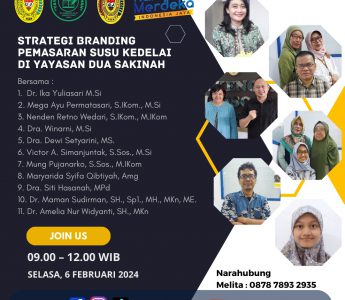

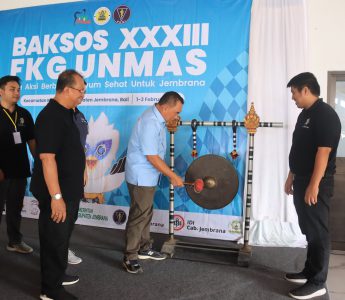
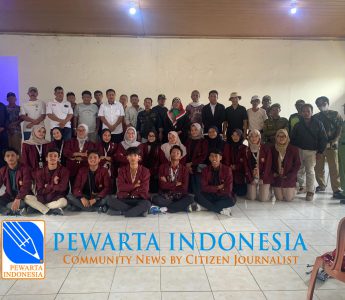
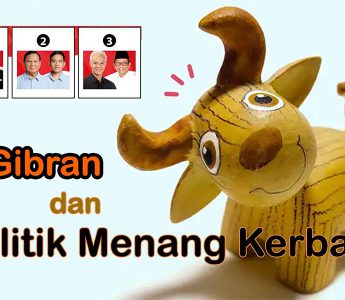
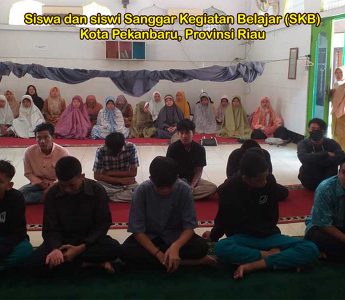
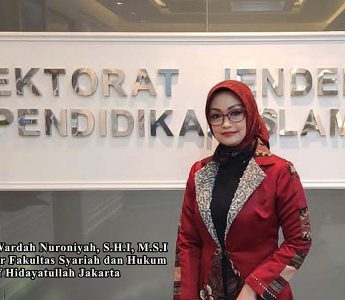

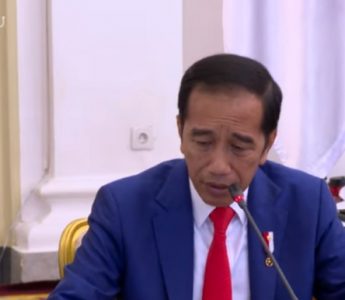

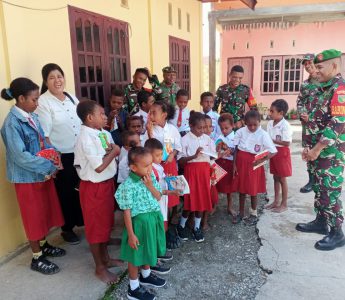

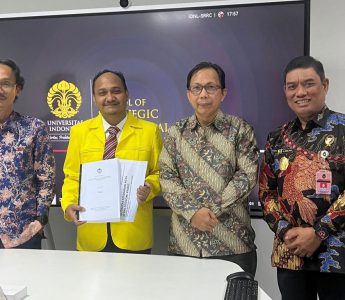

Comment